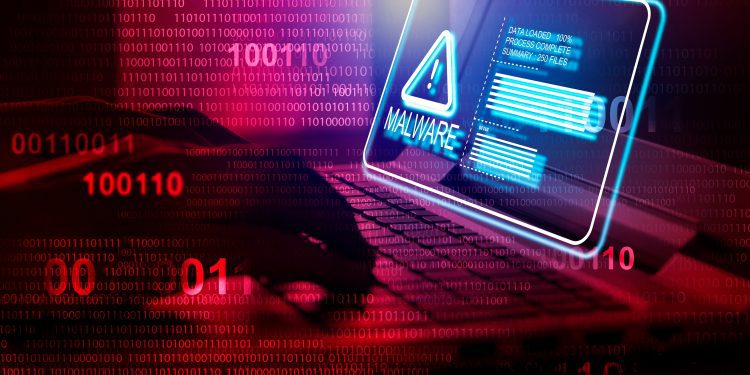Ransomware is now a billion-dollar industry. But it wasn’t always that large — nor was it a prevalent cybersecurity risk like it is today.
Dating back to the 1980s, ransomware is a form of malware used by cybercriminals to lock files on a person’s computer and demand payment to unlock them.
The technology — which officially turned 35 on Dec. 12 — has come a long way, with criminals now able to spin up ransomware much faster and deploy it across multiple targets.
Cybercriminals raked in $1 billion of extorted cryptocurrency payments from ransomware victims in 2023 — a record high, according to data from blockchain analysis firm Chainalysis.
Experts expect ransomware to continue evolving, with modern-day cloud computing tech, artificial intelligence and geopolitics shaping the future.
How did ransomware come about?
The first event considered to be a ransomware attack happened in 1989.
Since the AIDs Trojan emerged, ransomware has evolved a great deal. In 2004, a threat actor targeted Russian citizens with a criminal ransomware program known today as “GPCode.”
The program was delivered to people via email — an attack method today commonly known as “phishing.” Users, tempted with the promise of an attractive career offer, would download an attachment which contained malware disguising itself as a job application form.
“Cryptocurrencies provide many advantages for the bad guys, precisely because it is a way of transferring value and money outside of the regulated banking system in a way that is anonymous and immutable,” Lee told CNBC. “If somebody’s paid you, that payment can’t be rolled back.”
CryptoLocker also became notorious in the cybersecurity community as one of the earliest examples of a “ransomware-as-a-service” operation — that is, a ransomware service sold by developers to more novice hackers for a fee to allow them to carry out attacks.
“In the early 2010s, we have this increase in professionalization,” Lee said, adding that the gang behind CryptoLocker were “very successful in operating the crime.”
What’s next for ransomware?
As the ransomware industry evolves even further, experts are predicting hackers will only continue to find more and more ways of using the technology to exploit businesses and individuals.
By 2031, ransomware is predicted to cost victims a combined $265 billion annually, according to a report from Cybersecurity Ventures.
A serious threat to watch out for in future could be hackers targeting cloud systems, which enable businesses to store data and host websites and apps remotely from far-flung data centers.
“I think we will increasingly see the ransomware ecosystem becoming increasingly professionalized, moving almost exclusively towards that ransomware-as-a-service model,” he said.
But even as the ways criminals use ransomware are set to evolve, the actual makeup of the technology isn’t expected to change too drastically in the coming years.
“Outside of RaaS providers and those leveraging stolen or procured toolchains, credentials and system access have proven to be effective,” Jake King, security lead at internet search firm Elastic, told CNBC.
“Until further roadblocks appear for adversaries, we will likely continue to observe the same patterns.”
By Ryan Browne / CNBC












